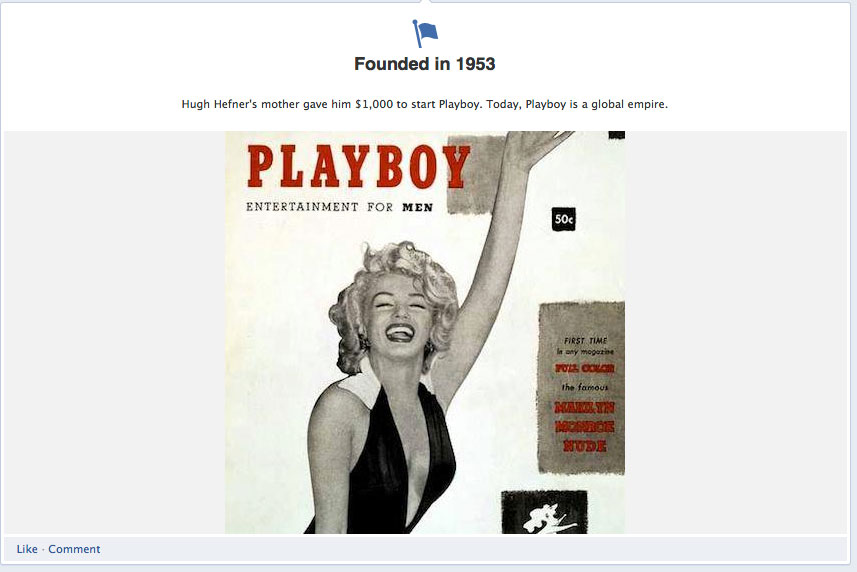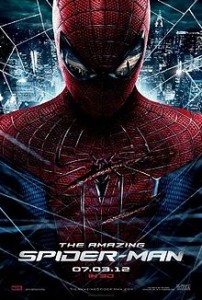For the last two years and four months, I’ve been the director of digital strategy and development for Chicago magazine. In two weeks, I’ll leave that position to become an account director within Social@Ogilvy where I’ll be working on social and digital strategy for their clients. I’m really excited about this opportunity as the job will be a new and challenging experience with a company that has spent almost as much time in Chicago as I have. At Ogilvy, I expect to learn a great deal more about social, mobile and analytics – three areas that are crucial to knowing the full breadth of digital strategy.
Before I get into all that, I want to say a few things about my soon-to-be-former colleagues. I’ve been incredibly lucky to lead Chicago magazine’s digital team, a group of people who work hard and, more importantly, work together. Since I started in April 2010, we’ve accomplished quite a bit: tripled our unique monthly visitors, tripled our social media audience on Facebook and Twitter and expanded into several more spaces (Foursquare, Pinterest, etc.), launched new blogs, expanded our video content, increased digital revenue and won a couple awards along the way. Over the last few months, I’ve focused less on the day-to-day and more on new product development, including mobile and tablet apps. The only reason this was possible was due to my team’s ability to work as an interconnected whole and not as a bunch of individuals with divergent goals. While I won’t be around for the launch of the table and mobile products, I’m leaving all of it in very capable hands. If, as a manager, you’re only as good as the people you lead then my team allowed me to be very good.
I also had the pleasure of serving under a great boss, Chicago magazine publisher Rich Gamble. Entrepreneurial in mind, he always encouraged me to look at the big picture. When I was interviewing for this job, Rich and I spent hours on the phone talking about what Chicago magazine needed to do to make an impact in the local digital space. He gave me the freedom and trust to do exactly that while ensuring our goals would build a stronger business.
In addition to colleagues at Chicago magazine, I’m also going to miss working with all the other folks at Tribune who’ve been sources of advice, good humor and wisdom, especially all the folks in the Justice League.
I’ve spent several years in news media and journalism and I’ve learned more from the people I’ve encountered in those fields than almost any other work I’ve done. The field still inspires me and whether through the writing I do here, the conversation I have in other spaces or the readings I do around Chicago, I still intend on being an active voice in the larger media community.
There’s still plenty for me to learn. I have a long-term goal of someday launching a digital-only news site, based in Chicago but national in scope. I’m not sure what it will look like or what it will cover but I do know that the world in which such a thing might exist is changing rapidly. To those paying attention, it’s become obvious: Anyone or anything can be a publisher, including consumer brands.
* An apartment rental agency publishes a list of the top Chicago vintage restaurants
* Red Bull publishes a magazine, in print and in an app
* Ad Age/Visible Measure’s weekly top 10 list of the most-watched videos is dominated by the likes of Old Spice, Axe or Samsung without a single traditional media publisher in the bunch.
Before you dismiss the above as inconsequential, note that a tire company is one of the most influential names in the rating of fine dining around the globe. If that’s true, then anything’s possible.
Behind all of that content are methods and practices that tell us how long people view that content, who’s doing the viewing and how that information can be used to build a sustainable business. It’s something that traditional media publishers need to know more about and do more of in the future.
If I want to have a complete view of the mass media ecosystem and truly understand how content is created, consumed, tracked and paid for across all platforms, then the work I’ll be doing at Ogilvy is the next logical step. Innovative things are happening there and I’m excited to be a part of it.


